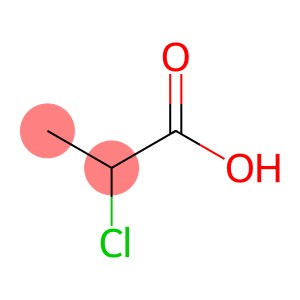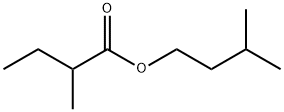2-Chloropropionic acid(CAS#598-78-7)
Risk and Safety
| Hazard Symbols | C – Corrosive |
| Risk Codes | R22 – Harmful if swallowed R35 – Causes severe burns R21/22 – Harmful in contact with skin and if swallowed. |
| Safety Description | S23 – Do not breathe vapour. S26 – In case of contact with eyes, rinse immediately with plenty of water and seek medical advice. S28 – After contact with skin, wash immediately with plenty of soap-suds. S36 – Wear suitable protective clothing. S45 – In case of accident or if you feel unwell, seek medical advice immediately (show the label whenever possible.) S36/37/39 – Wear suitable protective clothing, gloves and eye/face protection. S28A - |
| UN IDs | UN 2511 8/PG 3 |
| WGK Germany | 1 |
| RTECS | UE8575000 |
| TSCA | Yes |
| HS Code | 29159080 |
| Hazard Class | 8 |
| Packing Group | III |
2-Chloropropionic acid(CAS#598-78-7) Brief introduction
2-chloropropionic acid. The following is an introduction to the properties, uses, preparation methods and safety information of 2-chloropropionic acid:
Quality:
- It is a colorless liquid with a pungent odor.
- Soluble in organic solvents such as water, alcohols and ethers.
- Good stability, can be stored at room temperature for a period of time.
- It is corrosive, so avoid contact with skin and eyes.
Use:
- 2-chloropropionic acid is widely used in the field of organic synthesis.
- It can also be used as a solvent or extractant in some industrial processes.
Method:
- 2-Chloropropionic acid can be obtained by the reaction of 2-chloroacetone and water.
- For example, 2-chloroacetone can be dissolved in water and then a base (such as sodium hydroxide) can be added for a neutralization reaction to give 2-chloropropionic acid.
Safety Information:
- 2-Chloropropionic acid is irritating and should be used with protective gloves, goggles, and protective clothing.
- Avoid prolonged exposure to the vapor of 2-chloropropionic acid and try to use it in a well-ventilated area.
- In case of accidental ingestion or inhalation, seek medical attention immediately.
- Care should be taken to avoid contact with strong oxidizing agents and combustible substances during storage and transportation.








